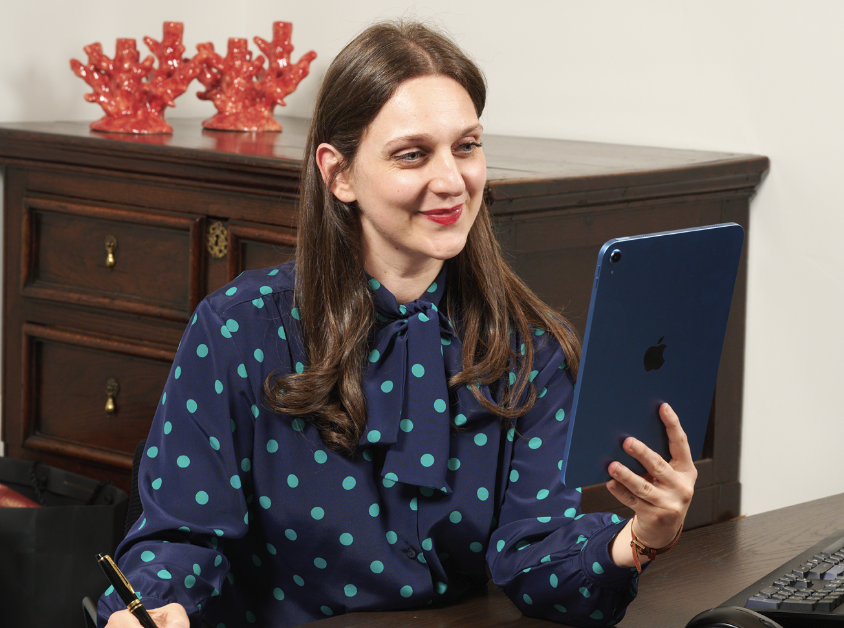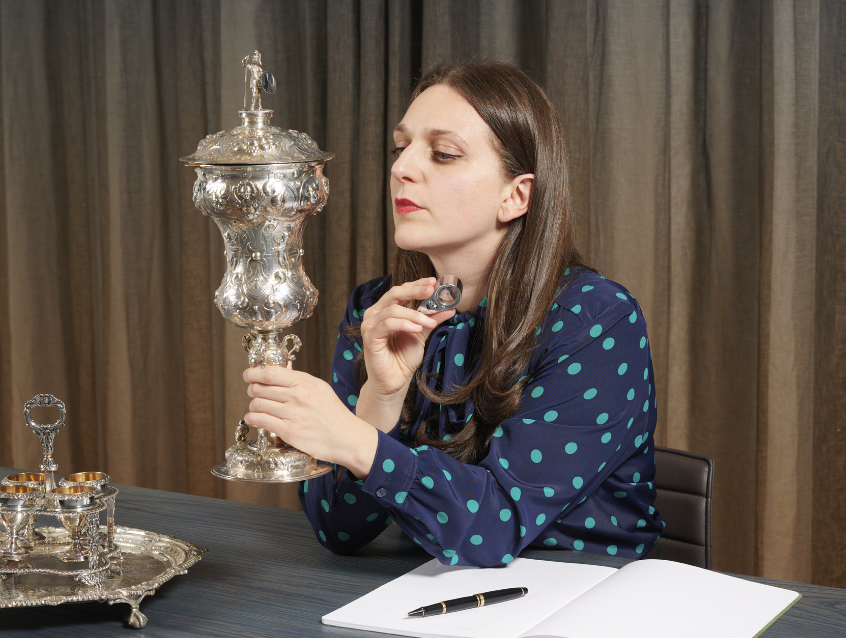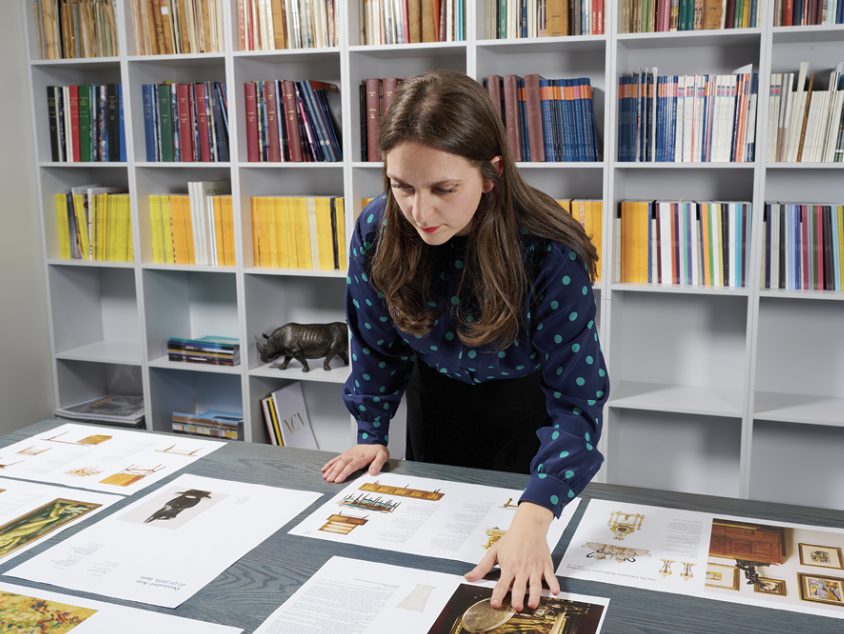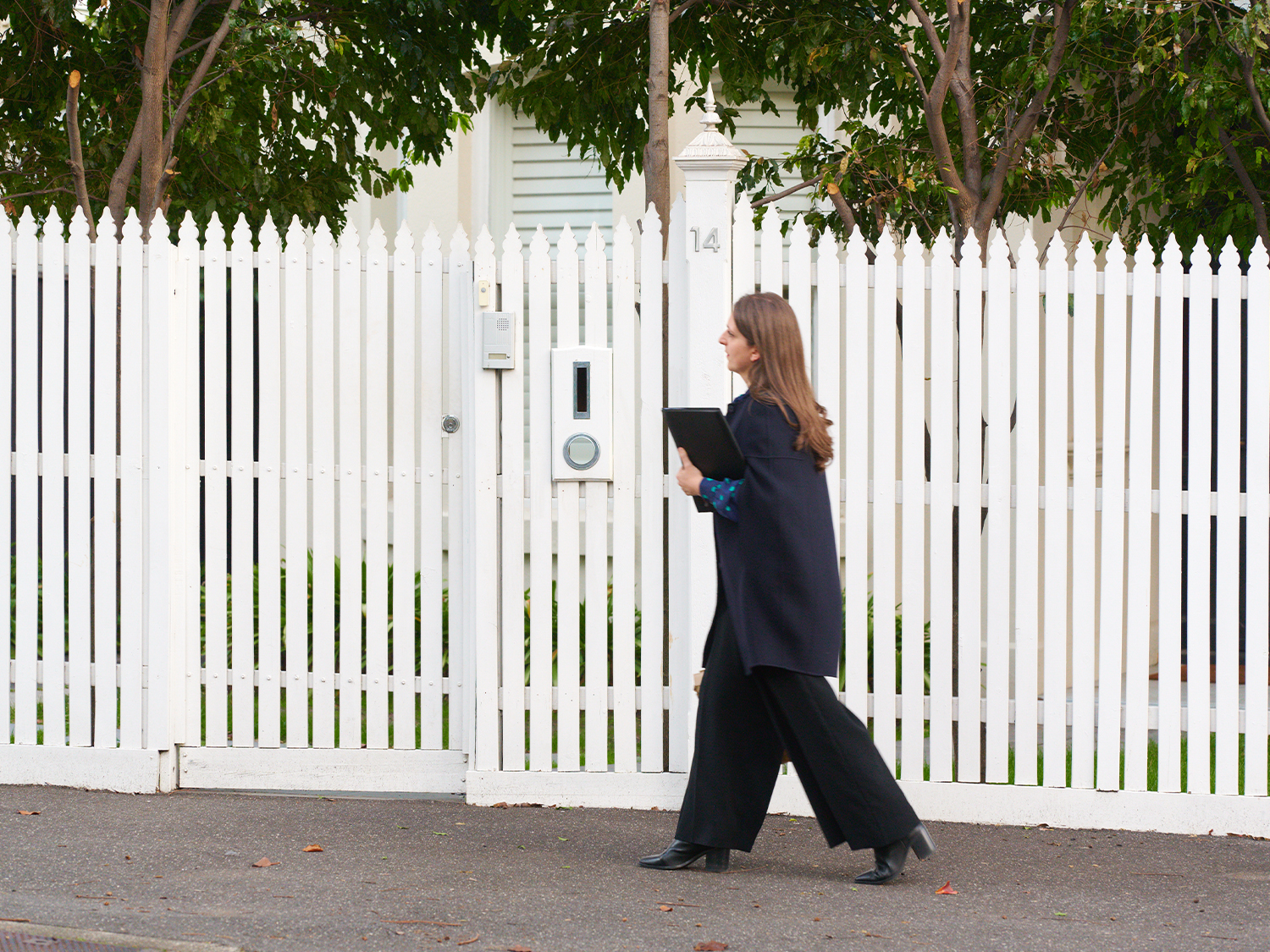As Head of Decorative Arts, Design and Interiors, here is a glimpse into a typical day in my working week. Considered one of the busiest departments, after 15 years at Leonard Joel, I still find great joy in the day-to-day tasks – especially in discovering treasures and ensuring they find good homes with new custodians.
9am: On the road
Most days, I am on the road visiting clients to sight house contents and provide general advice for auction. Offsite appraisals are a regular part of my working week, and I typically complete one-two visits per day. These appointments vary greatly in content, volume and duration. A standard house visit usually lasts around three hours and the item inventory listing can vary from 60 – 200.
I travel all over Melbourne, however most of my time is spent within 5 kms of the office, in suburbs such as Malvern, Toorak, Hawthorn, Camberwell, Brighton and surrounding areas.
The most exciting collection I have seen this year was featured in our July 7th Decorative Arts auction. Highlights included a wonderful collection of Britannia and sterling standard silver, including early examples, and a fine diamond framed miniature portrait of George IV, attributed to Richard Cosway.

11am: Online Virtual appraisals
Once back in the office, I set aside time in my diary each day for virtual appraisals. I began offering virtual appraisals during the COVID lockdowns, and due to their popularity, have continued conducting them. While not suitable for all collections, they can be useful for general advice on voluminous collections or when prompt advice is required for small collections.
On average, I schedule four – five virtual appraisals per week. As with an offsite appraisal, the content and volume can vary greatly between each appointment, however most virtual appraisals are thirty minutes in duration, and can vary from a 20 -80 item inventory listing. The most exciting item I have ever discovered in a virtual appraisal is a Māori turuturu (weaving peg), which sold for $243,750 IBP, setting a record for highest selling Māori artefact ever sold in the Southern hemisphere.

2pm: Inventorying and Cataloguing
As I send out various appraisals, which are then consigned for sale, I often oversee the inventory of each consignment. Frequently, items from a collection are suited to specialist auctions, and as I approach the end of an auction consignment cycle, there are often last-minute entries submitted just before the cut-off date. I schedule time to catalogue these additions before I finalise the lotting of the sale.
Cataloguing requires a thorough inspection of each item prior to it being lotted for sale, to ensure accurate descriptions and correct attribution of age and maker, where applicable. The country of origin, material, and form are recorded, along with any other relevant information, such as provenance or catalogue notes, particularly when dealing with items of historical significance. The latter often involves detailed research and careful due diligence to ensure each lot is presented to the highest possible standard.

4pm: Seasonal Print catalogue layout
Lotting and catalogue layout, in collaboration with our design team, is an important task I personally oversee. Our specialist auctions occur three times a year and cover a broad range of categories including furniture, silver, porcelain, sculpture and art. Curation is important to the success of a sale, so I ensure the flow of the auction is harmonious – paying particular attention to the presentation of single owner capsules and ensuring multi-vendor stock is grouped into complimentary sections.
If you have a piece or collection you are thinking of selling, visit the ‘How to Sell’ page on the Leonard Joel website for more information.
Images: Chiara Curcio, Head of Decorative Arts, Design and Interiors
August 2025
